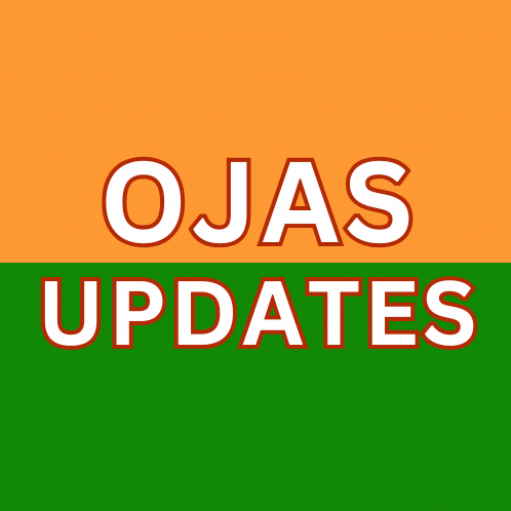India’s Prime Minister’s Employment Generation Programme (PMEGP) continues to be a cornerstone initiative for economic empowerment and job creation in 2025. Spearheaded by the Ministry of MSME and implemented through KVIC, KVIB and District Industries Centres, it focuses on creating sustainable employment by catalysing new micro-enterprises across both rural and urban India.
1. PMEGP — Mission & Reach
Launched in 2008 via merger of REGP and PMRY, PMEGP aims to generate employment by enabling start-ups with financial support. Its mission is to improve earning potential for traditional artisans and unemployed youth, fostering inclusive growth. For FY 2024–25, the target was around 79,478 new projects, corresponding to employment of 874,258 individuals, largely achieved via a ₹2,250 crore margin money subsidy.
As of mid‑July 2025, the cumulative scheme reach exceeds 340,000 applications, with over 109,000 loans sanctioned and nearly 92,000 disbursed. The scheme’s latest approved outlay is about ₹13,554 crore for FY 2025–26.
2. What’s New in 2025?
Streamlined online process: Applicants can now submit and track applications through the revamped PMEGP e‑portal (via udyami.org.in), ensuring faster approvals within 30–45 days.
Expanded scope: For the first time, beneficiaries can apply for a 2nd loan to upgrade existing units, up to ₹1 crore for manufacturing or ₹25 lakh for services, attracting a uniform subsidy of 15–20% across categories.
Eco-conscious shift: New guidelines encourage environmentally sustainable projects, aligning PMEGP with the green growth agenda.
3. Eligibility & Financial Support
Who can apply:
- Indian residents aged 18+, including individuals, SHGs, societies, trusts, and cooperatives.
- For manufacturing projects over ₹10 lakh or services above ₹5 lakh: minimum education of 8th standard.
- Second-loan applicants must have repaid the first loan, with profitable operations and growth potential.
Financial Benefit Structure:
- Manufacturing: Up to ₹50 lakh project cost (₹1 cr under 2nd loan).
- Service/Business: Up to ₹20 lakh project cost (₹25 lakh under 2nd loan)
- Margin money subsidy: 15–25% for general category (urban/rural), 25–35% for special categories (SC/ST/OBC, women, ex-servicemen, differently‑abled).
- Beneficiary contribution: Ranges from 5–10%, rest is loan from designated banks; interest subvention rates approx. EBLR + 3.25% (~12.15%).
- Credit guarantee available via CGTMSE/CGFMU.
4. Application Flow in 2025
- Ideation & Planning: Leverage PMEGP portal’s idea bank.
- Pre‑Application: Eligibility check, project report prep.
- Submission: Online via udyami portal or offline at implementing agency.
- EDP Training: 10–15 days free entrepreneurship development training for approved applicants.
- Screening & Field Verification: District-level committees scrutinize feasibility.
- Bank Processing: Once approved, applied to banking; credit and subsidy disbursed post formalities.
- Implementation & Monitoring: Quarterly on‑site reviews and third-party evaluation for ongoing compliance.
5. Success Narratives & Growth Metrics
PMEGP has catalysed an estimated 4 lakh projects and 30 lakh jobs creation by 2026 projection. Its success stories are diverse:
- Textile revival: Rural weavers setting up handloom units worth ₹45 lakh, generating 25 direct jobs and gaining export traction.
- IT Training Centers: Women entrepreneurs in urban areas establishing ₹18 lakh digital-skills institutes with 85% placement.
6. How to Maximise PMEGP Success
- 🔍 Thorough Feasibility Report: Include market analysis, projections, cash-flow.
- 📚 Documentation Integrity: Ensure completeness and consistency across forms.
- 🧠 Timely Training: Undertake EDP to gain necessary skills and certification.
- 🌿 Green Practices: Align proposals with eco‑friendly and sustainable goals.
- 🤝 Institutional Coordination: Maintain liaison with implementing agencies and banks; track via portal.
Final Thoughts: A Springboard for Change
In 2025, PMEGP stands tall as a transformative tool for grassroots entrepreneurship—combining financial backing, training support, and monitoring in one integrated scheme. With expanded access to 2nd‑loan upgrades and green incentives, it empowers Indians from all walks to craft their future while generating local jobs and economic upliftment.
To aspiring entrepreneurs: explore PMEGP’s portal, prepare meticulously, and embark on a journey to turn ideas into enterprises that shape India’s growth story!

